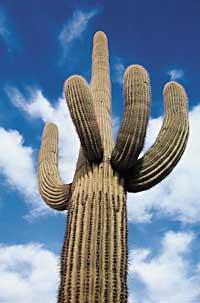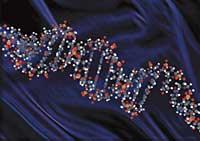Evolution Clock

Based on a molecular clock, the University of Montpellier (France) presented the moment when two species or their predecessor were separated.
For large or recently separated animals, fossils may exist, in which case researchers rely on fossils to draw conclusions. But often there are no fossil records or the data there are insufficient to draw conclusions.
A few decades ago researchers proposed: If DNA stores mutations consistently, compared to the DNA of two current species, you can tell when they had the same DNA. Using fossils, they calculated the frequency with which vertebrate DNA changes occurred and scaled accordingly.
However, this scale gave flaws in its application to living groups. It seems that not all groups have mutations at the same speed. To solve this problem, French researchers have created another molecular clock valid for any group.
To create the tree of evolution 36 current species have been used. When choosing these species, it has been taken into account that they should be represented by the main groups of living beings. Then, the tree has been hung at six points in the fossil record, where the tree and fossils coincide, so it is considered that the medium is also correct.
After that, 100 proteins have been sought in 36 species. These proteins are essential for life, so they have very few changes over time to not lose function. However, in the long run, there are some small changes that have been detected. The frequency of changes has been calculated in each group. Finally, a computer model has been used to link this data to the tree and fossils.

The result coincides with the data obtained to date. It is true that species appear earlier in the tree than their fossils, but that is logical because between the creation of the species and the fossilization of an individual spends time.
Other researchers study the tree they have created in Montpellier and most believe it is useful. However, some errors have been detected, such as the fossil of a red algae, which is prior to the creation of the species according to the tree, which is impossible. However, experts consider it to be a good starting point and seem to intend to continue along that path.





